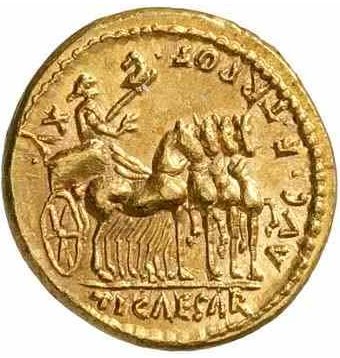|
7. When Mars has gone down it is the season of Mercury. ... 'The medieval Dutch poem of Brandaen ... contains a very remarkable feature: Brandaen met on the sea a man of thumb size, floating upon a leaf, holding in his right hand a small bowl, in the left hand a stylus; the stylus he kept dipping into the sea and letting water drip from it into the bowl; when the bowl was full, he emptied it out, and began filling it again. It was imposed on him, he said, to measure the sea until Judgment-day.' The particular kind of 'instrument' seems to reveal the surveyor in charge in this special case. Mercury was the celestial scribe and guardian of the files and records, 'and he was the inventor of many arts, such as arithmetic and calculation and geometry and astronomy and draughts and dice, but his great discovery was the use of letters', as Plato has it ... He is a weak character (cfr at The Weak One), not prone to running around like other children. He seems to be left-handed, because he had his bowl in the right hand and his stylus in the left. According to some he maybe was lame. Allen: "'Ενίοςος, the Rein-holder, was transcribed Heniochus by Latin authors, and personified by Germanicus and others as Erechtheus, or more properly Erichthonius, son of Vulcan and Minerva, who, having inherited his father's lameness, found necessary some means of early locomotion. This was secured by his invention of the four-horse chariot which not only well became his regal position as the 4th of the early kings of Athens, but secured him a place in the sky." But the Charioteer had lost his horses and his splendid chariot, only a single fiery wheel remained in memory: ... needfire ceremonies usually take place near the summer solstice (the Feast of St. John) ... but they occur in several other seasons as well. The summer date of the rite and its accompanying festival have to do, among other things, with fertility, as can can clearly be seen in a variant from the valley of the Moselle preserved for us by Jakob Grimm. Each household in the village was constrained to contribute a shock of straw to the nearby high place, Stromberg, where the males went at evening while the females went to a spring lower down on the slope. A huge wheel was wrapped with this straw. An axle run through the wheel served as the handles for those who were to guide it on its downward plunge. The mayor of a nearby town kindled the straw, for which office he was rewarded with a basketful of cherries. All the men kindled torches and some followed the burning orb as it was released downhill to shouts of joy. The women at the spring echoed these shouts as the wheel rushed by them. Often the fire went out of its own accord before it reached the river, but should the waters of the river extinguish it, an abundant vintage was forecast for that year ... Wikipedia: "The original chariot was a fast, light, open, two-wheeled conveyance drawn by two or more horses that were hitched side by side. The car was little more than a floor with a waist-high semicircular guard in front. The chariot, driven by a charioteer, was used for ancient warfare during the bronze and the iron ages. Armor was limited to a shield. The vehicle was used for travel and in processions, games, and races after it had been superseded by other vehicles for military purposes. The word 'chariot' comes from Latin carrus, which was a loan from Gaulish. A chariot of war or of triumph was called a car. In ancient Rome and other ancient Mediterranean countries a biga required two horses, a triga three, and a quadriga required four horses abreast. Obsolete terms for chariot include chair, charet and wain. The critical invention that allowed the construction of light, horse-drawn chariots for use in battle was the spoked wheel.
The earliest spoke-wheeled chariots date to ca. 2000 BC and their use peaked around 1300 BC (see Battle of Kadesh). Chariots ceased to have military importance in the 4th century BC, but chariot races continued to be popular in Constantinople until the 6th century AD." A most interesting illustration of a quadriga can be seen on reverse side of a Roman gold coin (aureus) struck around A.D. 13-14 under the reign of Augustus:
According to Wikipedia it shows Tiberius celebrating the 15th renewal of his tribunal power. Counting the legs of the horses, which should sum up to 4 * 4 = 16, we can see how the artist has strived to encode meaning:
Maybe the 8 hind legs represent the first half of the year, ruled by Moon, and the 4 + 4 front legs the halfyear when Sun and Moon are together. |

